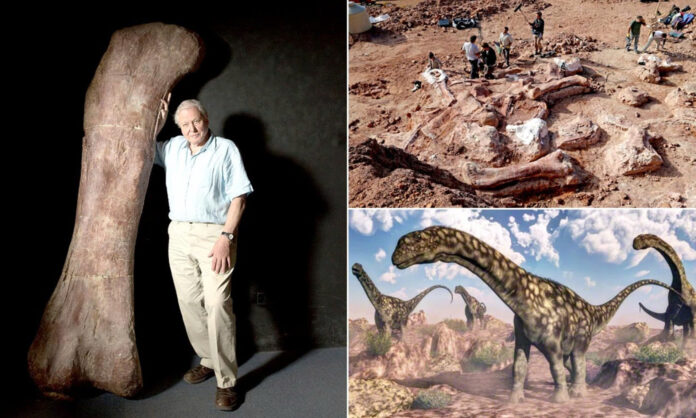A Shepherd’s Remarkable Discovery
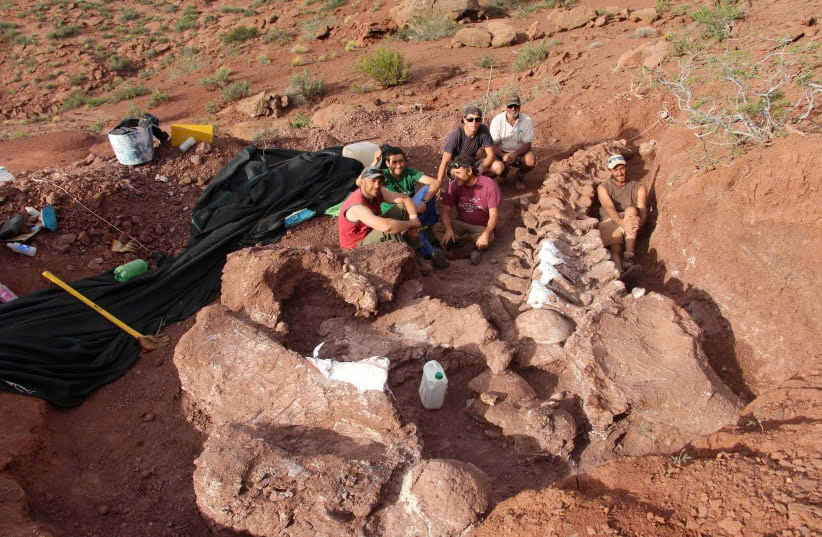
In 2014, an ordinary day turned extraordinary when a shepherd at La Flecha Farm in Argentina spotted something unusual protruding from the ground – what would later prove to be part of the largest dinosaur ever discovered. This chance encounter led to one of the most significant paleontological findings in modern history.
The Giant That Rewrote History
Record-Breaking Dimensions
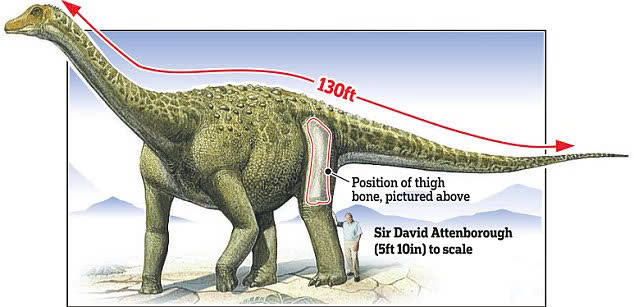
Standing at an astounding 121 feet long – equivalent to four double-decker buses lined up – and weighing 70 metric tons, this titanosaur species dwarfed all previously known dinosaurs. Perhaps most remarkable was its heart, estimated to be six feet in circumference and weighing as much as three adult humans combined, capable of pumping an incredible 158 pints of blood in a single beat.
A Prehistoric Vegetarian Giant
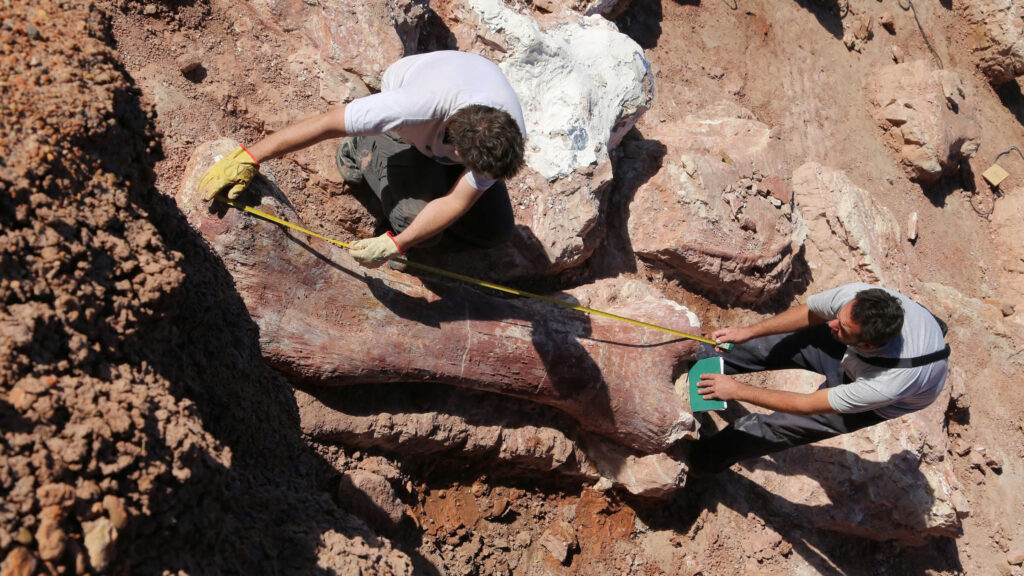
Despite its intimidating size, this gentle giant was purely herbivorous. Its massive digestive system functioned like a natural fermentation chamber, efficiently processing the vast quantities of vegetation needed to sustain its enormous frame.
The Excavation Journey
An Unprecedented Find

Under the leadership of Dr. Diego Pol from the Egidio Feruglio Palaeontology Museum (MEF), the excavation team uncovered a treasure trove of fossils. The site yielded over 220 bones and 80 teeth, including an eight-foot-long femur – the largest ever found. What made this discovery particularly special was finding multiple individuals at the same site, providing invaluable insights into species variation.
From Desert to Display

The extraction process was a monumental undertaking, with some bones weighing over half a metric ton. Through a collaborative effort between Canadian and Argentinian experts, these massive fossils were carefully preserved and transformed into a museum display that captures the true magnitude of this prehistoric giant.
Scientific Significance
Breaking New Ground
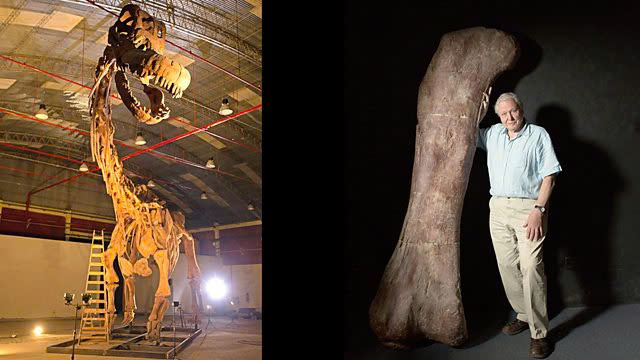
The completeness of the fossilized remains has allowed scientists to reconstruct this titanosaur with unprecedented accuracy. Unlike previous discoveries such as Argentinosaurus, which was pieced together from just a dozen bones, this specimen provides a comprehensive view of titanosaur anatomy. Even more intriguingly, the discovered individuals were young adults, suggesting that fully mature specimens might have been even larger.
Life in Ancient Patagonia
Dating back 102 million years to the Cretaceous period, these fossils reveal a very different Patagonia – one of lush forests and sprawling river systems. The presence of multiple individuals suggests these massive creatures likely lived in herds, a social structure that would have provided protection and ensured survival.
Video
Cultural Impact
The discovery has been immortalized in the BBC documentary “Attenborough and the Giant Dinosaur,” hosted by Sir David Attenborough. This two-year documentary project not only chronicles the excavation but also employs cutting-edge technology to bring this magnificent creature to life, capturing the public’s imagination and rekindling interest in paleontology.
Looking Forward
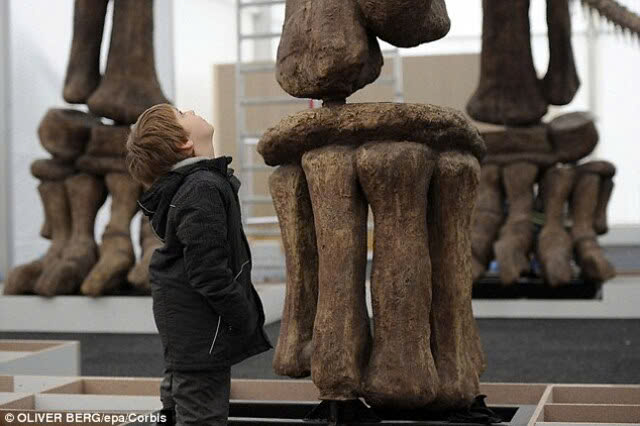
This groundbreaking discovery continues to challenge our understanding of the limits of terrestrial life. As scientists delve deeper into studying these remarkable fossils, they’re uncovering new insights about evolution, adaptation, and the incredible diversity of life that once roamed our planet.
The titanosaur of La Flecha Farm stands as a testament to the endless possibilities of scientific discovery, reminding us that beneath the Earth’s surface, countless mysteries still await revelation. This gentle giant from the past has not only broken size records but has also opened new chapters in our understanding of prehistoric life.
